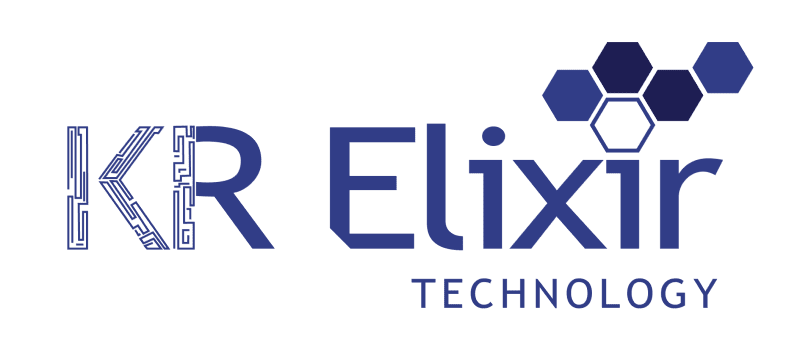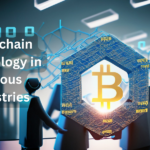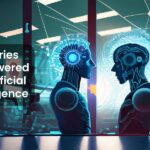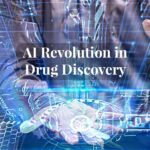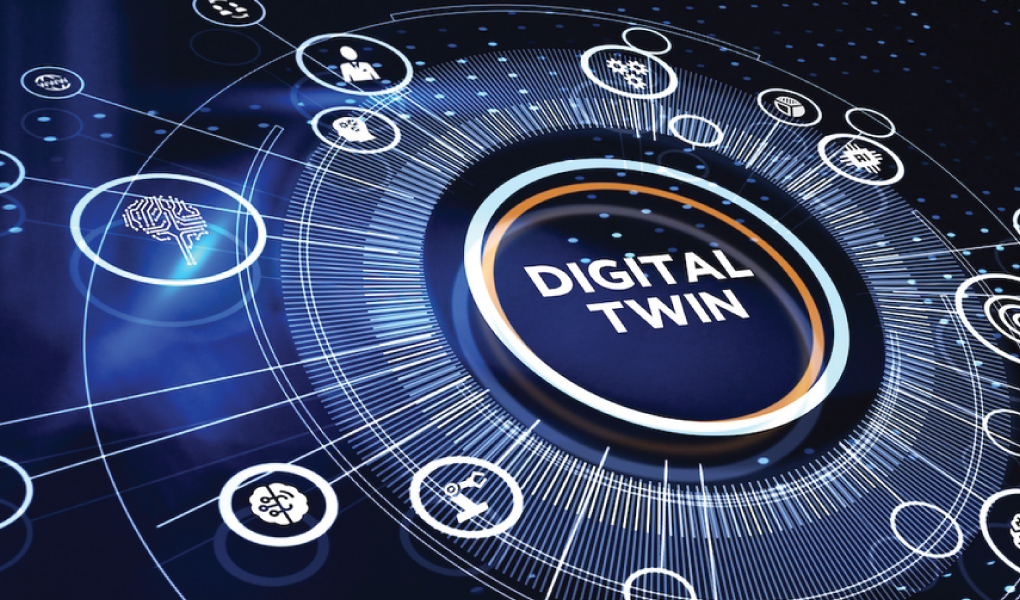A real-time virtual representation of the real world.
A digital twin is a digital presentation of a physical object or system. The technology after
digital twins has extended to include buildings, factories cities. Understanding what a digital
twin is can be misleading at times. They are virtual copies of physical devices that data
scientists and IT people can use to run parallel before actual devices are built and deployed.
Digital twins take real-time data, apply AI and use it for data analytics to increase
performance.
Digital twin technology has moved further beyond manufacturing and into the merging
worlds of the Internet, artificial intelligence and data analytics. As things get more complex
connecting with the ability to produce data, having a digital equivalent gives data scientists
and other IT professionals the skills to optimize deployments for perfect efficiency.
Digital-twin use cases
The digital-twin examples of objects like aircraft engines, trains, offshore oil platforms, and
turbines can be crafted and tested digitally before being physically formed. These digital
twins can be used to help maintain operations. For example, technicians can use a digital twin
to test that a suggested fix for a piece of equipment works well prior to applying the fix.
Digital-twin business applications are found in various sectors:
Manufacturing is the segment where rollouts of digital twins are apparently the
furthest along, with factories already using digital twins to mimic their processes.
Automotive digital twins are created and made possible because cars are already
placed with telemetry sensors, but focusing on the technology will become more
important as more vehicles are seen on the road.
Healthcare is a sector that can produce digital twins of people. To predict a patient’s
well-being Band-Aid-sized sensors can send health information back to a digital twin
used to monitor.
Some types of digital twins
Component or part twins simulate the minutest illustration of a functioning
component.
Asset twins replicate two or more components working together and let you study the
interconnections between them.
System or unit twins let us notice how multiple systems assets work together,
simulating an entire production line.
Process twins take the most upper-level view of systems working together, letting
one figure out how an entire factory might function.
CONCLUSION:
The future of digital twins is surely limitless, the fact being that increasing amounts of
cognitive power are constantly being dedicated to their use. So digital twins are always about
learning new skills and capabilities, and they continue to generate the insights needed to
make products better and processes more efficient. That's one part of the reason why giant
companies are hanging out their options like they might find it more reasonable to hire a
consultant team than to upskill their own in-house employee.
Hope this article was helpful to learn ways to change the industry by transforming asset
operations with digital twins.
